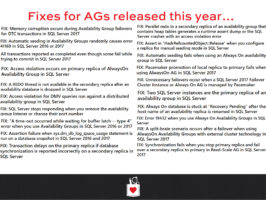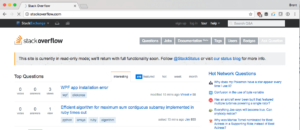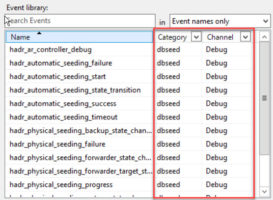Adding Managed Instances to SQL Server Distributed Availability Groups
SQL Server Always On Availability Groups help you build a more highly available database server by spanning your database across two or more SQL Server instances. When the primary goes down, the secondary can take over. You can also scale out reads to the secondary servers. Distributed Availability Groups take this a step further and…
Read More


















